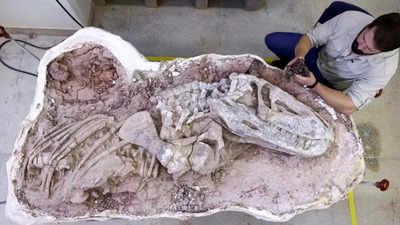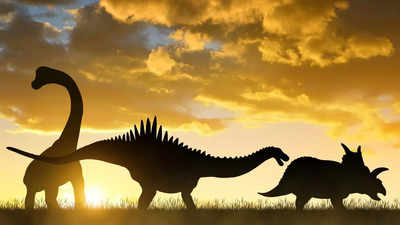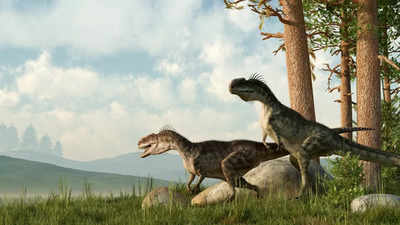237-million-year-old fossil offers clues to dinosaur evolution

An ancient reptile dating back some 237 million years has been discovered in Brazil, and it just might be the world’s oldest fossil. This fossil has the potential to unlock secrets about how dinosaurs evolved and first appeared on Earth. The newly discovered species, which belonged to the Middle-Upper Triassic period, is called Gondwanax parisiensis. “Gondwana” means “lord of Gondwana,” referring to a specific landmass that once formed part of Pangaea, while “paraisensis” pays tribute to the town of Paraiso do Sul.

The fossil was first discovered in 2014 by Pedro Lucas Porcela Aurelio near the town of Paraiso do Sul in southern Brazil. In 2021, research was taken up by paleontologist Rodrigo Temp Muller. In an official statement, the scientists explained that the creature was approximately the size of a small dog, measuring about one meter (39 inches) in length, with a long tail, and weighing between three to six kilograms (seven to 13 pounds). Talking to the news agency Reuters, Aurelio said that touching something so old is an indescribable feeling.

They also established that the four-legged reptile species probably roamed southern Brazil when the world was much hotter. The discovered fossil has been identified as a new silesaurid, an extinct group of reptiles that share many characteristics with dinosaurs. They share many physical traits with dinosaurs—both being quadrupedal reptiles—but silesaurids have subtle differences, such as distinct cervical vertebrae. Interestingly, the silesaurid went extinct right around the time Homo sapiens are thought to have first appeared 300,000 years ago.

Paleontologists are divided on whether silesaurids were genuine dinosaurs or perhaps an early ancestor to the creatures that later ruled the Earth. Studying these precursors can help scientists further understand dinosaurs’ evolutionary success. According to the study, the presence of three sacral vertebrae indicates an evolved creature that had adapted to many types of terrain.